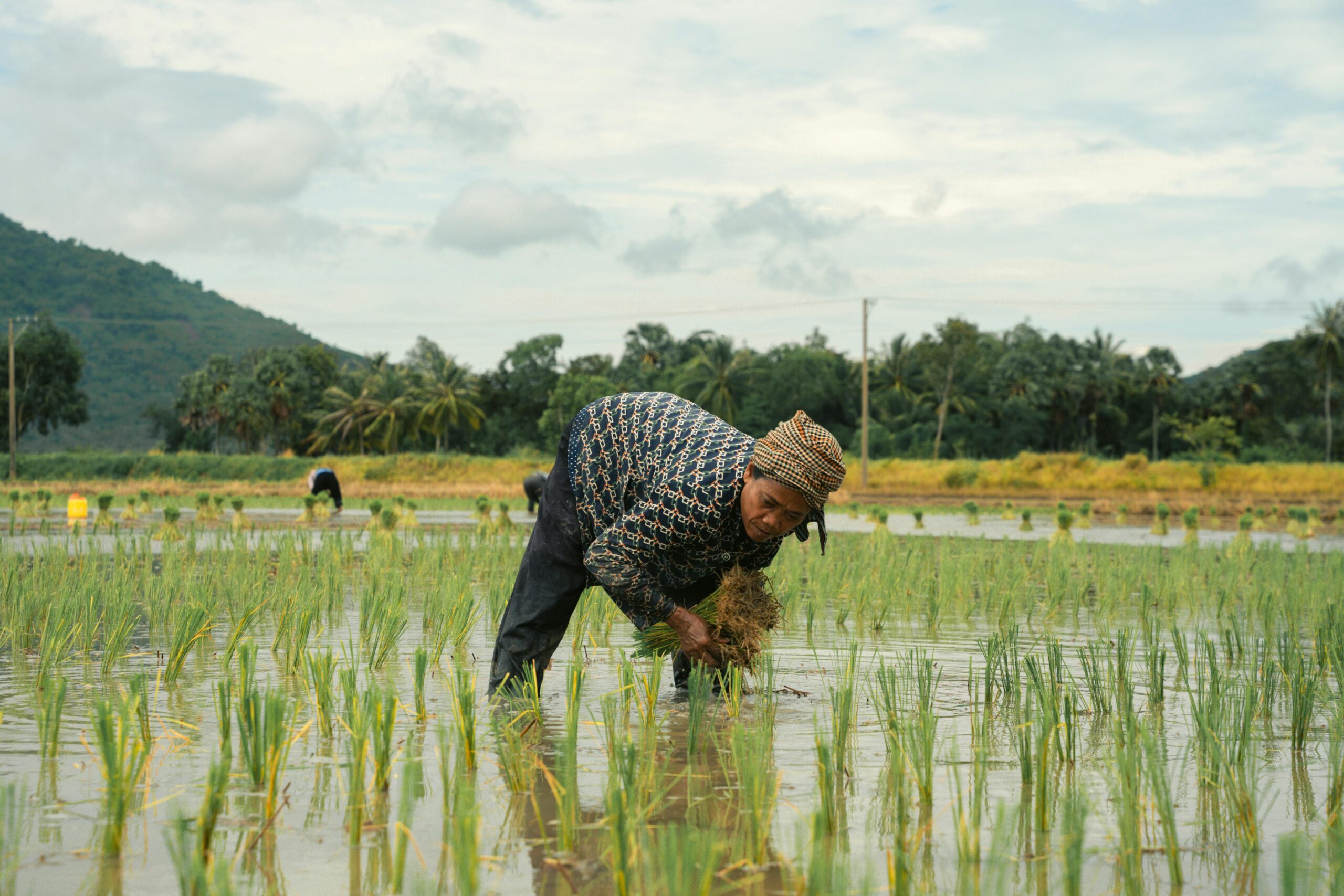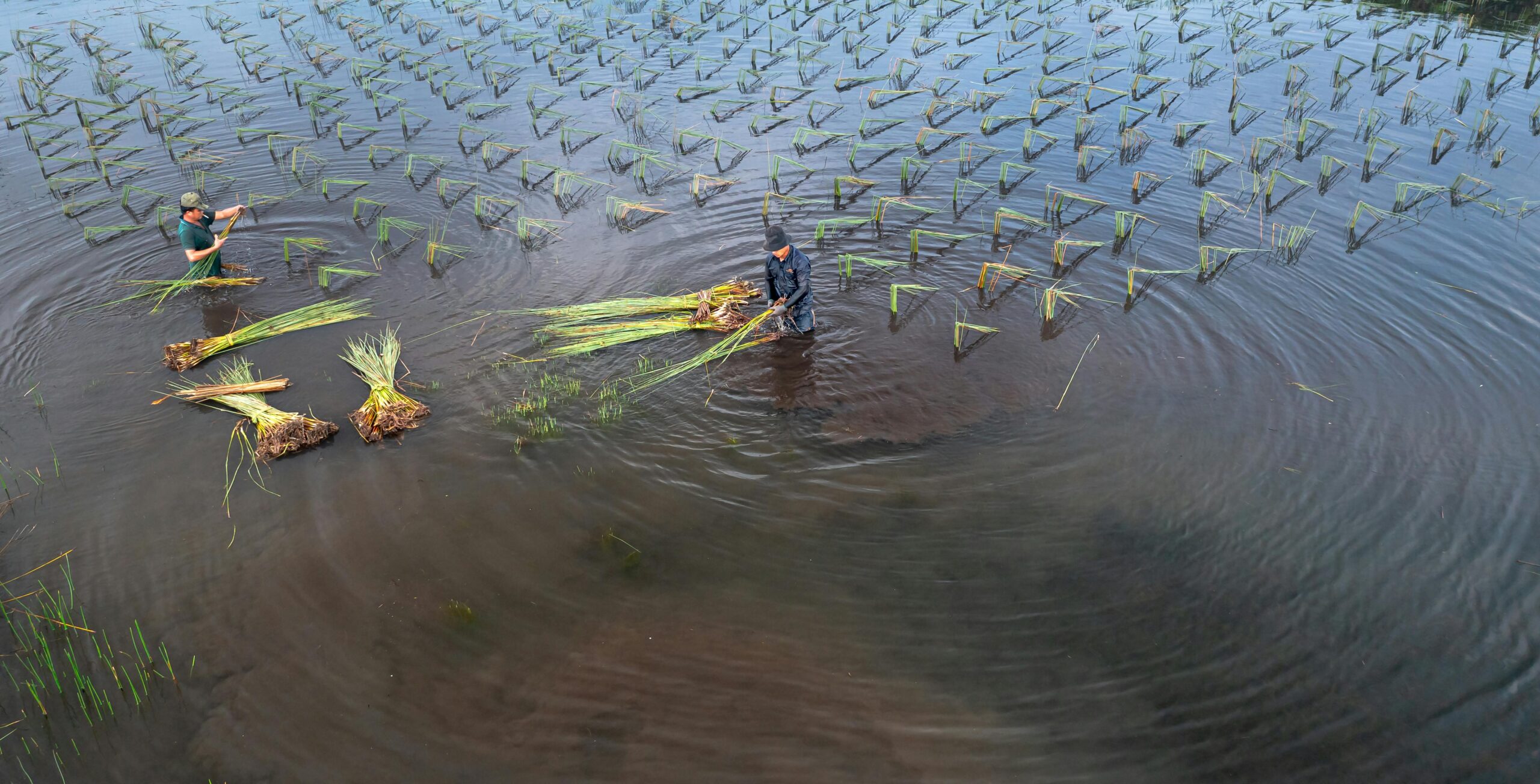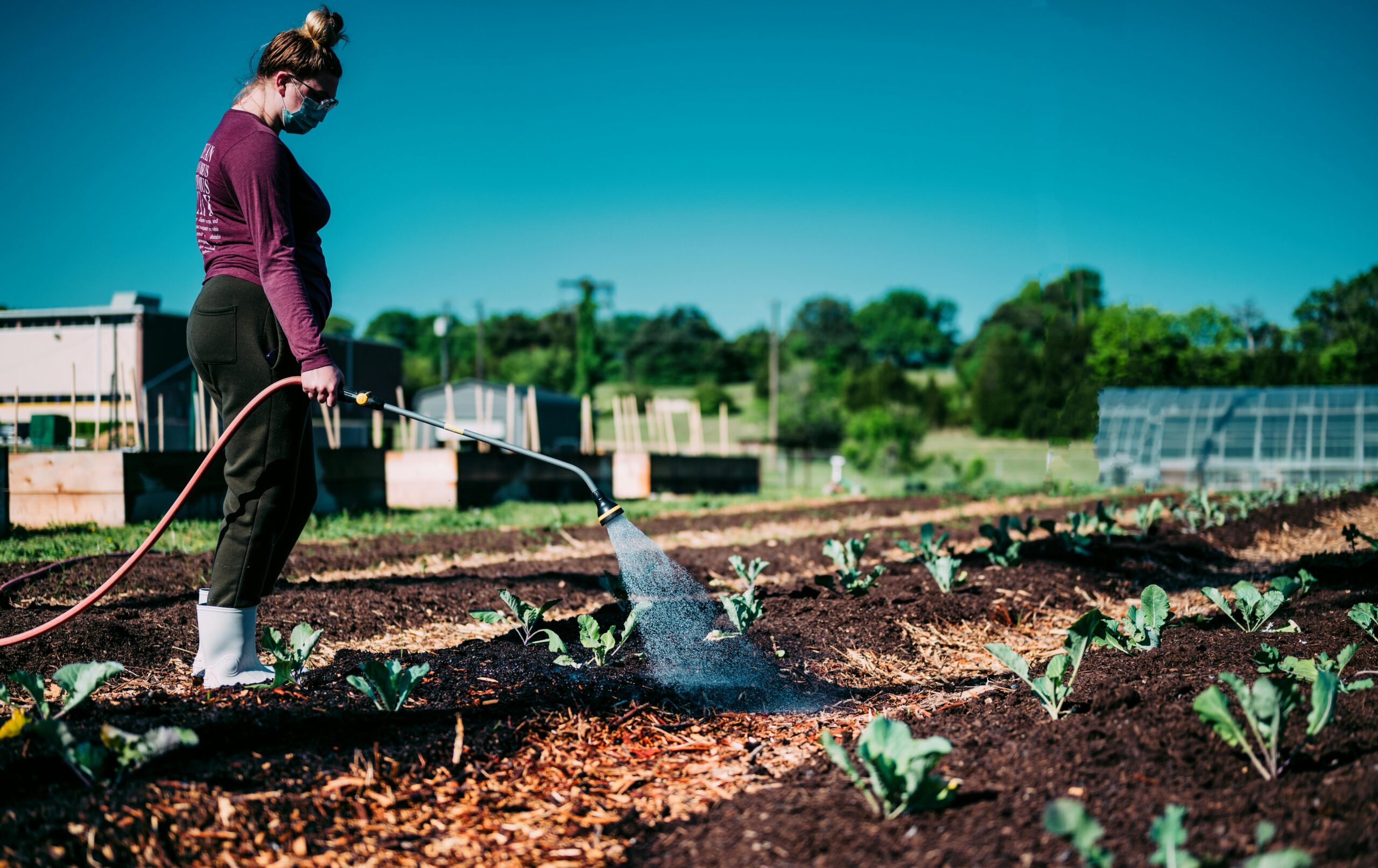Soil health and water quality are intricately linked, forming a vital relationship that impacts agriculture, ecosystem health, and human wellbeing. Healthy soils are essential for sustaining clean water supplies, while poor soil management practices can lead to significant water quality issues. Understanding this connection is crucial for addressing mismanagement and promoting sustainable practices.
The Soil-Water Nexus
- Nutrient Cycling and Water Quality
Healthy soils facilitate nutrient cycling, providing essential minerals to plants while filtering pollutants from water. When soil is well-managed, it retains nutrients that would otherwise leach into waterways, reducing the risk of water quality degradation. For example, healthy soil structures allow for better infiltration of water, minimizing runoff and nutrient loss, which can lead to problems such as eutrophication in lakes and rivers (United States Department of Agriculture, USDA). - Erosion and Sediment Load
Soil erosion is a major factor affecting water quality. When topsoil is lost due to poor management practices like overgrazing, deforestation, or conventional tillage, it can lead to increased sedimentation in water bodies. Sediments can carry attached pollutants, including pesticides and heavy metals, which degrade water quality. Research shows that even minimal soil disturbance can significantly reduce erosion rates and improve water clarity (Natural Resources Conservation Service, NRCS).
Consequences of Soil Mismanagement
- Nutrient Runoff
Excessive use of fertilizers and improper land management can result in nutrient runoff, leading to high levels of nitrogen and phosphorus in water bodies. This nutrient pollution causes algal blooms, which can deplete oxygen levels in the water and create “dead zones” where aquatic life cannot survive (Environmental Protection Agency, EPA). - Pesticide Contamination
Soil mismanagement can also lead to increased pesticide runoff into waterways. Improper application methods, such as applying pesticides before heavy rains, can result in these chemicals entering the water supply. Studies have shown that pesticide contamination can disrupt aquatic ecosystems and pose health risks to humans (World Health Organization, WHO).
Strategies for Improvement
- Sustainable Agricultural Practices
Implementing sustainable practices such as cover cropping, reduced tillage, and integrated pest management can enhance soil health and, consequently, water quality. Cover crops, for instance, help prevent erosion and nutrient runoff by stabilizing the soil and absorbing excess nutrients (FAO). - Buffer Zones and Wetlands
Establishing vegetative buffer zones along waterways can significantly improve water quality by filtering pollutants before they enter water bodies. Wetlands also play a crucial role in this regard, acting as natural filters that trap sediments and nutrients, thus reducing their impact on downstream water quality (EPA). - Education and Outreach
Educating farmers and landowners about the importance of soil health for water quality can foster better management practices. Programs that provide training on sustainable agriculture techniques can help mitigate the effects of soil mismanagement (USDA).
Conclusion
The connection between soil health and water quality is critical for sustainable environmental management. Mismanagement of soil not only degrades its health but also leads to significant water quality issues that can affect ecosystems and human health. By promoting sustainable agricultural practices, implementing protective measures, and raising awareness about the importance of soil management, we can address these interconnected challenges and safeguard our water resources.








Leave a Comment